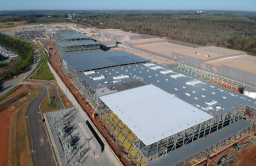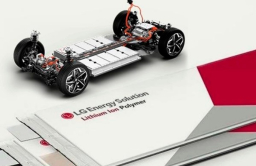-
KOSPI 2577.27 -2.21 -0.09%
-
KOSDAQ 722.52 -7.07 -0.97%
-
KOSPI200 341.49 +0.02 +0.01%
-
USD/KRW 1396 -2.00 0.14%
SK asks KDB for further funding before drastic restructuring
Corporate restructuring
SK asks KDB for further funding before drastic restructuring
The S.Korean state-run bank cut the credit rating of the country’s No. 2 conglomerate to A0 from A+, lowering its credit line
By
Jun 20, 2024 (Gmt+09:00)
3
Min read
News+
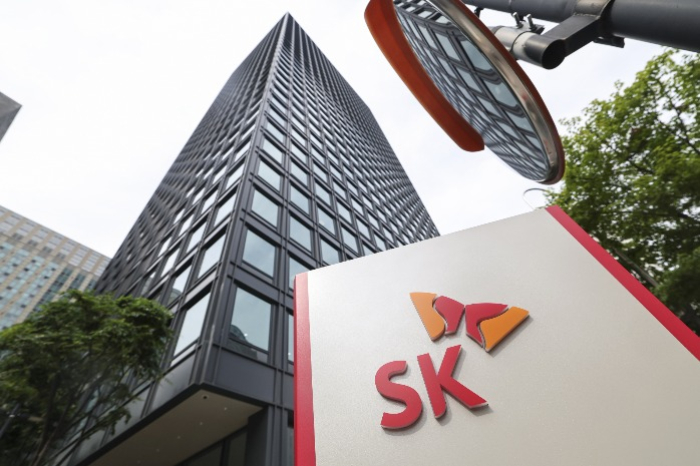
SK Group, South Korea’s second-largest business group in terms of total assets, has asked the country’s state-run Korea Development Bank for more funding as it is set to streamline its business to focus on promising growth engines, such as batteries and chips, after years of ineffective investments.
According to sources with the country’s financial authorities on Thursday, SK Group's top executives met with KDB officials to explain the group’s business reorganization plan and to ask the policy bank for more funds.
The restructuring plan includes a merger between SK Innovation Co. and SK E&S Co.; eliminating redundant businesses among over 200 affiliates; and disposing of non-core units to focus on its main semiconductor, battery and artificial intelligence businesses.
SK Group will finalize its restructuring plan during a meeting of key affiliate executives on June 28 and 29.
For the drastic business reform and massive investments in the mainstay chip and battery businesses, SK needs tens of trillions of won this year but its KDB credit line falls short of its needs.
A CUT IN KDB CREDIT LINES
According to the country’s banking law, the maximum amount of money KDB can lend to a company is set at 25% of its capital equity.
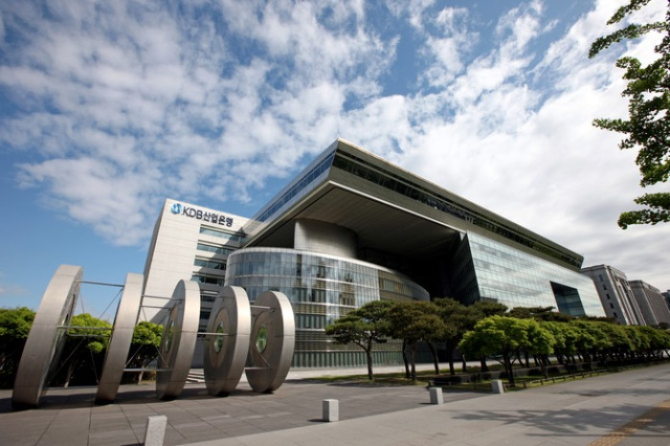
The policy bank also applies its credit rating model to determine the size of funding lines for a company. But in February, it cut the rating for SK Group to A0 from A+ after reflecting SK On Co.’s losses and mounting debts.
This has led KDB to reduce its funding lines to SK to 7.5 trillion won ($5.4 billion) from 8 trillion won. But the conglomerate has already borrowed 6.3 trillion won from the state bank, meaning it has only 1.2 trillion won remaining, far short of its planned capital expenditures for SK Hynix Inc. and SK On this year.
It earmarked 13 trillion won and 7 trillion won to invest in SK Hynix and SK On, respectively, this year.
KDB is said to be looking into various ways to allow SK to get more funds because its mainstay chip and battery businesses are Korea’s state-designated pillar industries subject to state aid, including lower borrowing costs than commercial banks’ rates.
The state-owned bank may allow SK to tap the low-interest-rate loan program offered as part of the Korean government’s chip industry support measures, according to sources.
SK ON’S REVIVAL IS KEY IN RESTRUCTURING
The turnaround of SK On, the money-losing battery-making unit of SK Innovation, is, however, a key factor in the group’s restructuring, industry observers said.
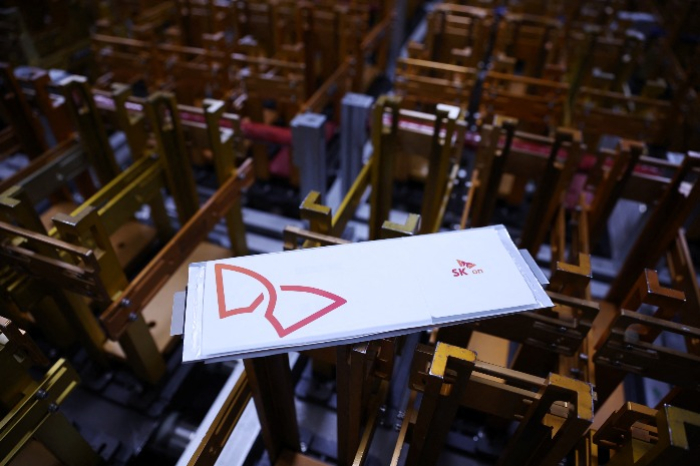
SK On has earmarked a total of 38.14 trillion won for capital expenditures since 2011, of which 15.2 trillion won have not been carried out.
It needs funds from outside after logging a 581.8 billion won loss last year and extending its losing streak in the first quarter of this year with a loss of 331.5 billion won.
It is currently building joint venture battery plants with Hyundai Motor Co. and Ford Motor Co., which need massive capital injections to complete.
It is also gradually losing its ground to Chinese peers in Europe amid intensifying competition in the battery market.
SK Hynix additionally needs huge investment to stay ahead of its rivals in the growing high-bandwidth memory market.
Write to Hyun-Woo Kang and Hyung-Kyu Kim at hkang@hankyung.com
Sookyung Seo edited this article.
More To Read
-
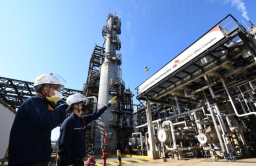 Mergers & AcquisitionsSK Innovation looks to merge with SK E&S for organic growth
Mergers & AcquisitionsSK Innovation looks to merge with SK E&S for organic growthJun 20, 2024 (Gmt+09:00)
-
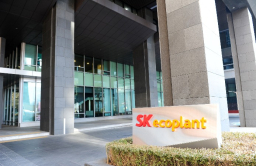 Corporate restructuringSK embarks on business overhaul to focus on mainstays
Corporate restructuringSK embarks on business overhaul to focus on mainstaysMay 29, 2024 (Gmt+09:00)
-
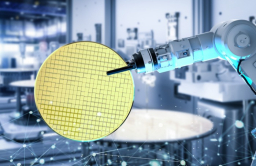 Business & PoliticsSouth Korea pledges $19 billion support package to revitalize chip sector
Business & PoliticsSouth Korea pledges $19 billion support package to revitalize chip sectorMay 23, 2024 (Gmt+09:00)
-
Apr 29, 2024 (Gmt+09:00)
-
Feb 19, 2024 (Gmt+09:00)
-
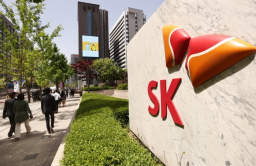 Leadership & ManagementSK On Vice Chair Chey Jae-won sees greater growth potential in 2024
Leadership & ManagementSK On Vice Chair Chey Jae-won sees greater growth potential in 2024Dec 14, 2023 (Gmt+09:00)
-
Nov 07, 2023 (Gmt+09:00)



